“I felt something so intense,I could only express it in a perfume.” – Jacques Guerlain
It is a calm and peaceful evening in Paris, the year is 1911. As you slowly meander along the mighty Seine River, you pause for a moment to take in the city around you. The sun is sinking beneath the vast sky, and the bustle of the most beautiful city in the world is settling down into the rich velvet of night. As you rest, men and women casually stroll by and storefronts that were once busy, close for the day. Across the river, windows light up and glimmer on the calm evening water. Like glass beads shimmering on the waves of a silk gown.
Once high in the sky radiating across the land, the sun fully sinks beyond the horizon, yielding its dominion to the moon’s cool embrace. For a brief time, before the night sky has fully taken hold, the heavens are painted in a soft shade of blue, bathing the globe in its cerulean hue. In this moment, the whole city, and world, seems to pause, held in suspense for what is to come next.
It is this moment, that sparked Jacques Guerlain, and inspired him to create one of the most hauntingly beautiful and melancholy compositions in history, L’Heure Bleue, his dedication to the magic that is the twilight hour
If you prefer short-form content, click here to watch my TikTok review.
A Spark of Enchantment
By the time of the release of L’Heure Bleue, Guerlain was already an 84 year old company. In those 84 years, Guerlain had released a wide variety of not only fragrances, but large amounts of beauty products that were largely successful. The company had grown, and made a name for its high quality and good taste.
I will save the full history for another, more dedicated, article that will be released in the near future.
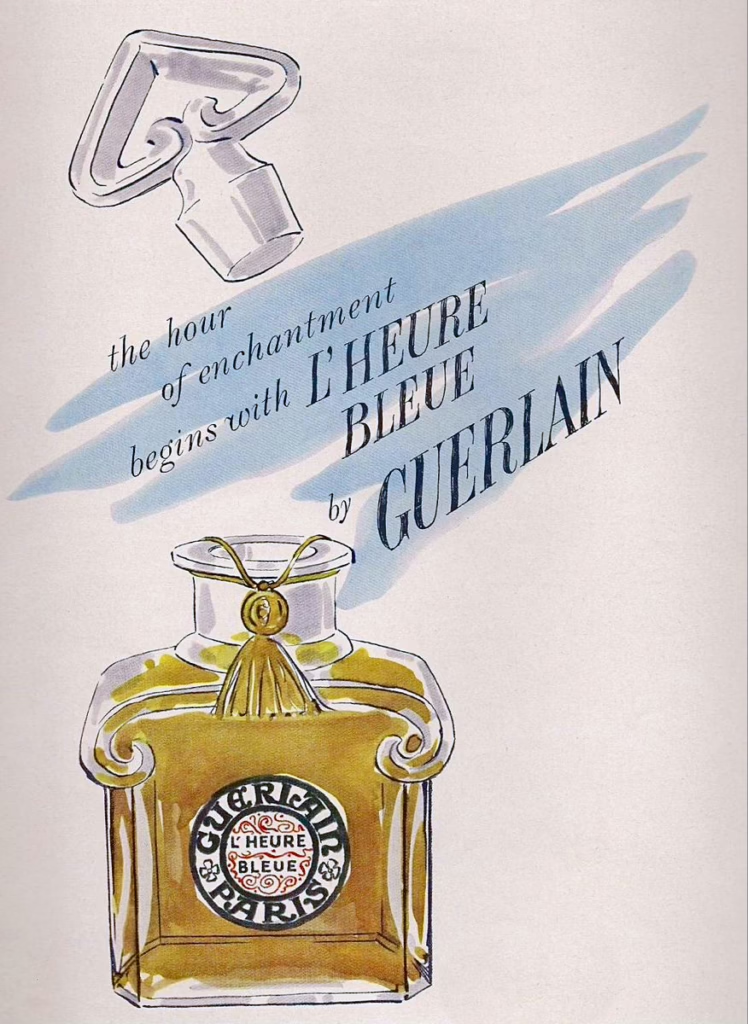
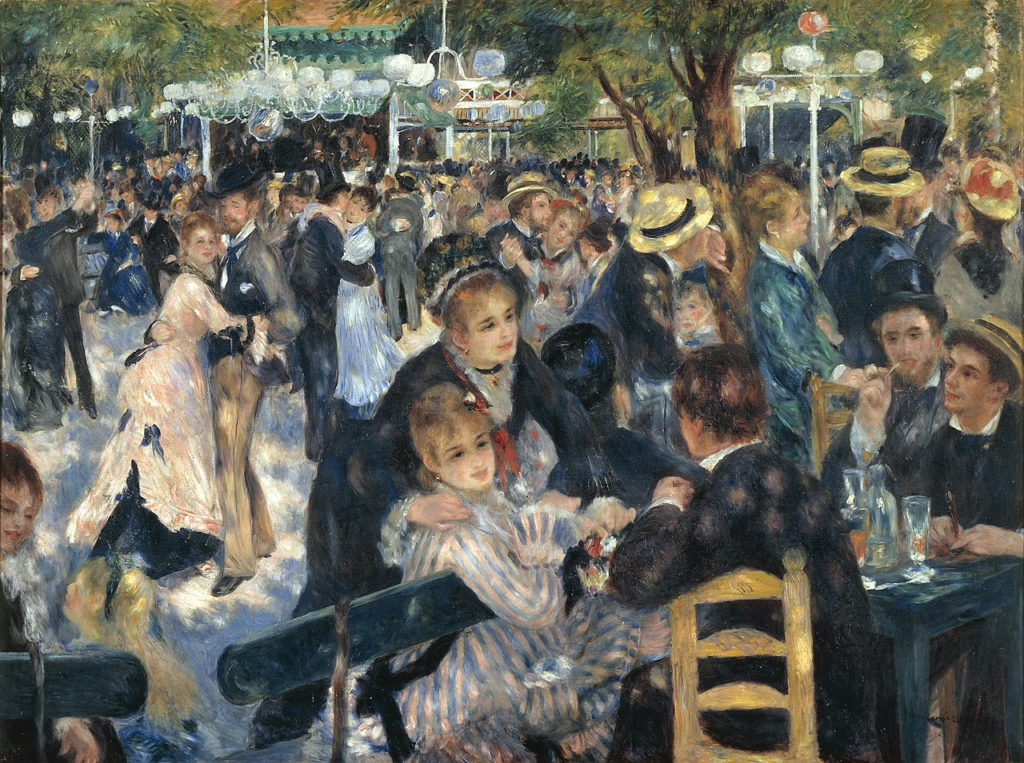
A masterpiece of La Belle Époque perfumery, L’Heure Bleue was created by the master perfumer for Guerlain, the legendary Jacques Guerlain.
Having taken over the reins from his uncle, Aimé Guerlain, in 1899, Jacques had created at least 19 different fragrances prior to the launch of L’Heure Bleue in 1912. Under his direction, the company would present to the world some of their most famous creations, such as Shalimar in 1925 (click here to read my review). His early work, however, is where Jacques would first show his unparalleled artistic abilities.
The inspiration behind L’Heure Bleue is often accredited to Jacques’ evening strolls along the Seine River in Paris. This is, of course, one part of the larger painting.
Another part was Jacques love for art. Impressionism had entrenched itself, amongst others, as one of the prevailing art styles during the period. It presented the world not as a perfect realistic snapshot, but as an ethereal wash of colors and light. The loose compositions of impressionism would have been an influence on all artists of the time, not just Jacques.
The composition also, in a way, reflects the state of the world during that period.
In 1911/1912, a solemn stillness loomed over the entirety of Europe, a calm before the storm. Although outwardly, Europe was still in the midst of their “beautiful era,” the undercurrent was rapidly pulling the continent towards change. Monarchies waned and relationships between nations grew tense. Europe became a powder keg waiting to erupt, but no one could have foresaw just how devastating that eruption would be. For them, they were held in suspense, waiting to see what would happen next. In a way, their own “blue hour” before the darkness of war descended upon them.
The name and composition, although a direct reference to the literal blue hour, reflects that energy that Jacques would have experienced in 1911/1912. An energy that L’Heure Bleue begs you to experience as well.
The Line Between Patience and Suspense
Since its release in 1912, L’Heure Bleue has been reformulated a few times, in addition to coming in a variety of different concentrations. Although Guerlain is known to keep the spirit of their compositions largely intact over the years, shifts in the scents have happened.
For this review, I will be using a modern extrait concentration for L’Heure Blue.
So, what does L’Heure Bleue smell like?
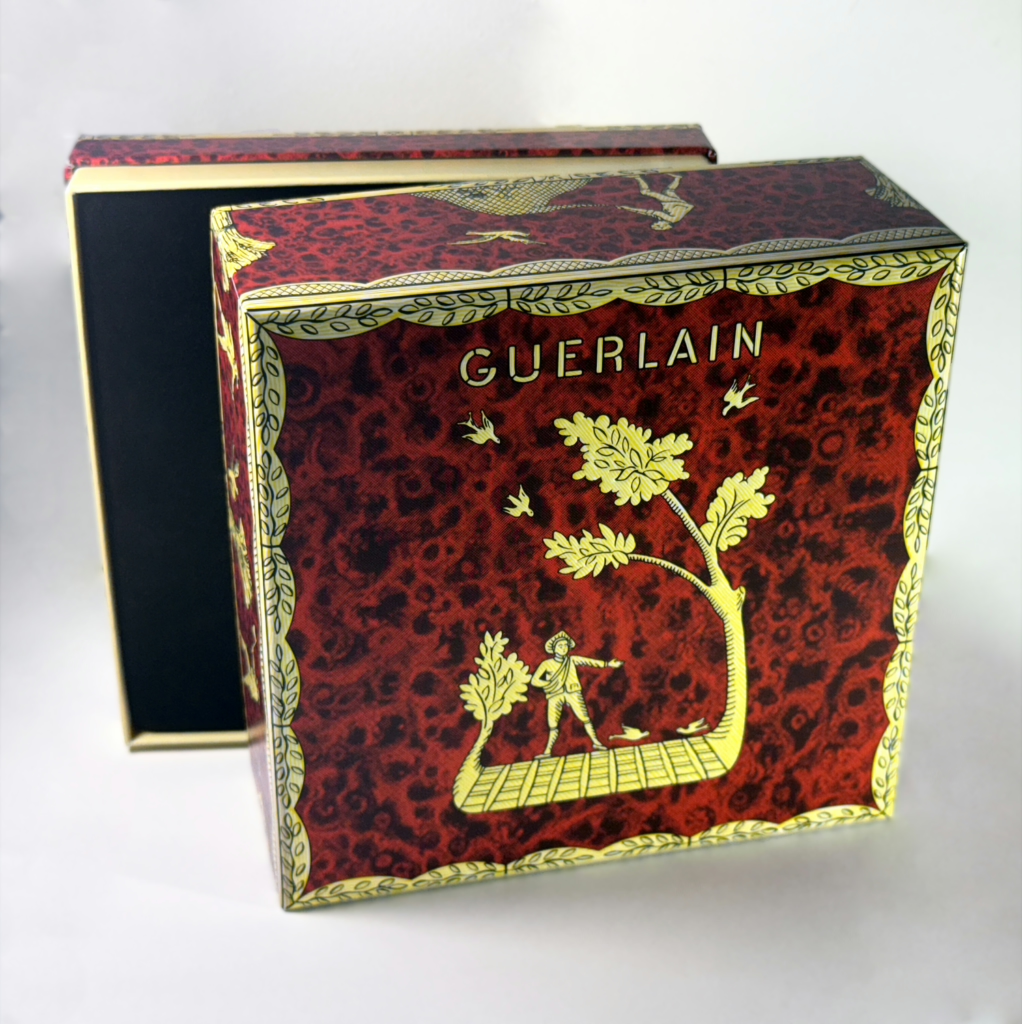
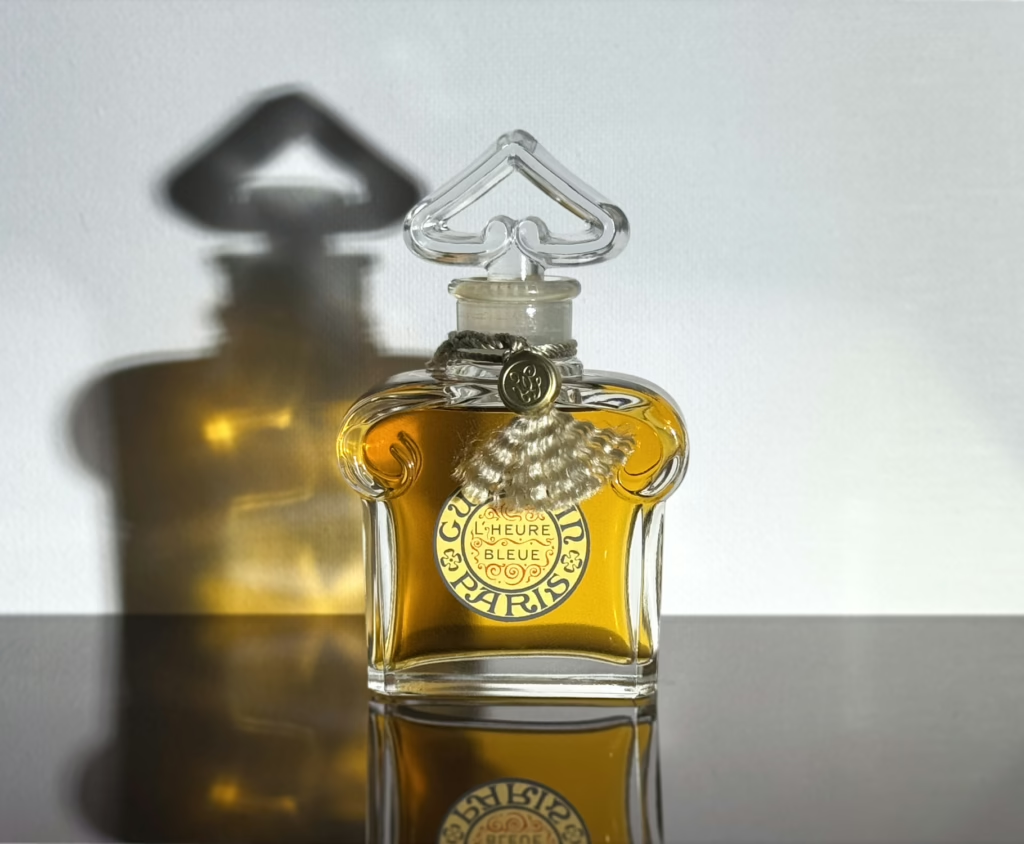
At its start, L’Heure Bleue hits you with its lack of bright sparkling top notes. There are top notes, but they are soft and subtle. They wash over the composition like a varnish over a painting, enhancing everything underneath it. Anise is the main note at the start, with very faint citrus notes accompanying it. It smells slightly herbal but also slightly sweet, sort of like licorice. It doesn’t float above the composition, rather it rests on it like a soft blanket, enveloping everything beneath. L’Heure Bleue is not a dynamic and lively fragrance, it is heavy and demure, and the start sets the tone for that nicely.
Beneath the varnish, as the blue hour develops across the sky, the soft floral middle notes begin to brush over the composition. First, I am hit with heliotrope, then carnation, before finally settling into a full bouquet including violet, rose, cloves, and jasmine. The notes in this moment are lush, dense, and full bodied, but never fully developed. The heliotrope provides a nice very subtly sweetness, while the rose and jasmine provide a dense brush of floral. There is also a slightly powdery note to the scent, maybe from the anise? It sort of obscures the composition beneath it, like an atmospheric haze you could cut with a knife. Everything is still and calm, like the smooth glassy water on a lake at night, frozen in time as a memory of the lively day just hours before.
By this point, the base notes begin to creep into the composition. Like all the other notes before, their arrival isn’t brash and sudden, it is slow and pensive. I do not even know when they arrived, they just materialized and were there. It is hard to pick out the notes, but I pick up benzoin, vanilla, and a very slightly resinous note. There is a slight sweetness to it, but what really radiates out is its warmth. It feels like the base is sort of roasting the mid and top notes, pushing the whole composition down to one level and enmeshing the notes together.
I have seen and heard L’Heure Bleue described as melancholic, and I don’t necessarily disagree, but that is not the whole truth to it. To me, L’Heure Bleue is a scent of quiet contemplation and reflection. It is solemn, yes, but not sad or sorrowful. It provides a hazy glimpse at its world, enough for you to get lost in it, while preventing you from seeing the full details. To me, it feels like I am taking a quiet walk in the early evening to clear my head. Lost in thought and not really focusing on what is going on around me, but still perceiving the world as I walk by. It is not a snapshot of that time and place, it is the artistic impression of it, forever trapped behind the varnish that coats it.
The Brush Strokes of the Old World
Beneath the coats of paint, L’Heure Bleue sits perched on its pedestal as a bastion of a world with no living memory. The place and time is lost to time, living on only in stories, art, and romanticized imaginations of what it was like. Like the twilight hour that inspired Jacques Guerlain in 1911, L’Heure Bleue is also suspended in time. An impressionist piece of art that only allows you to glimpse that lost world, and leaving you to interpret what you see for yourself.
Perhaps that is why modern consumers see the scent as melancholy, but to me, L’Heure Bleue is the comfortable calm that caps off the bustle of a day and transitions you into the night. The varnish coat for a day well-lived, and that isn’t melancholy at all.
Please share your thoughts on this Edwardian masterpiece in the comments.
As always, thank you for reading,
– Zak

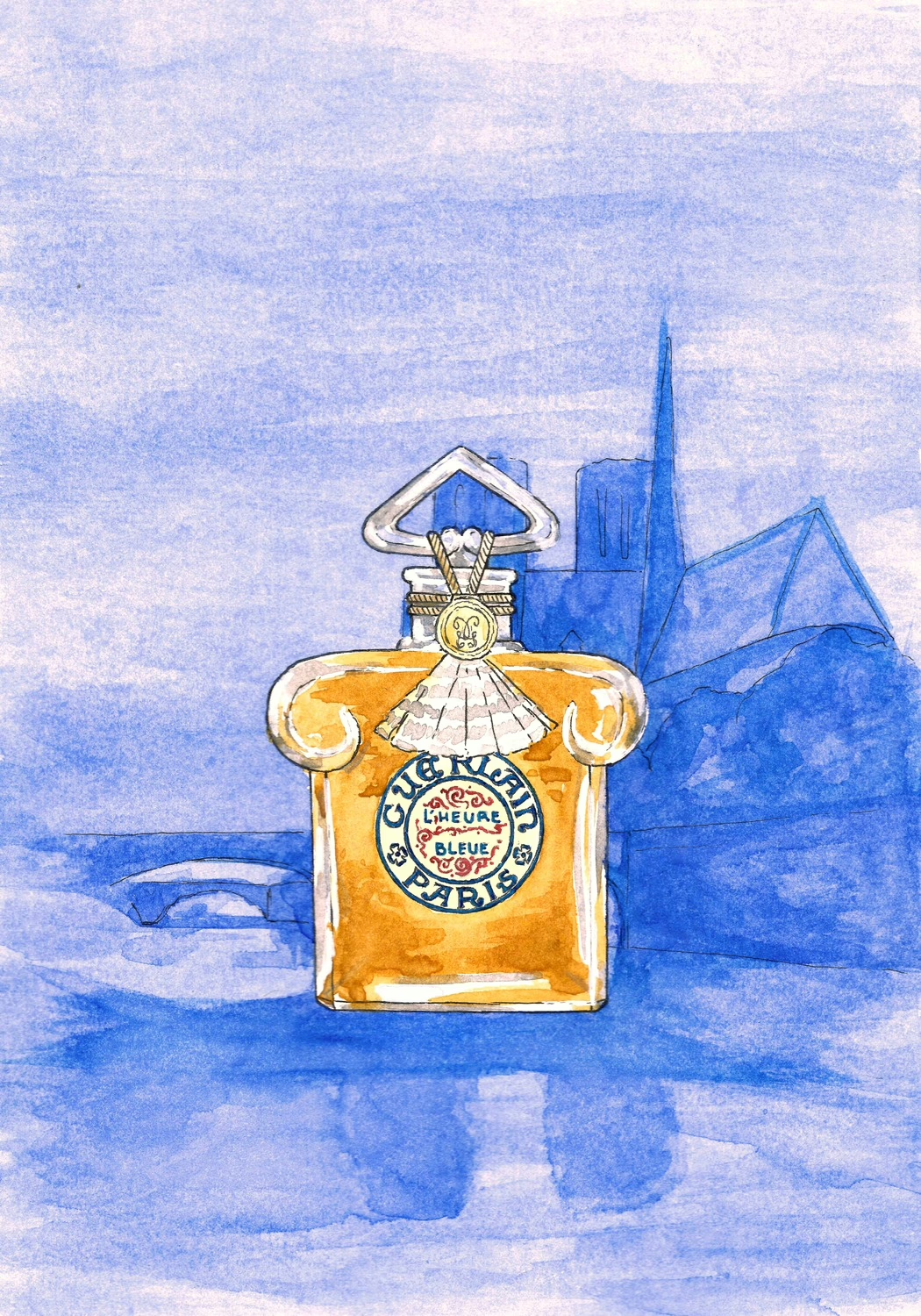
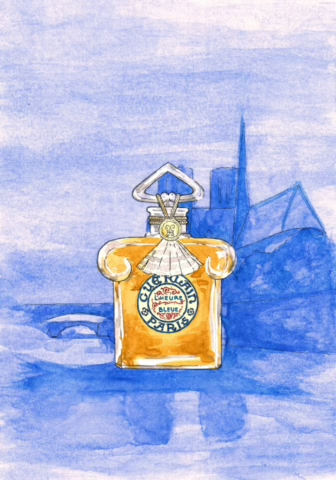
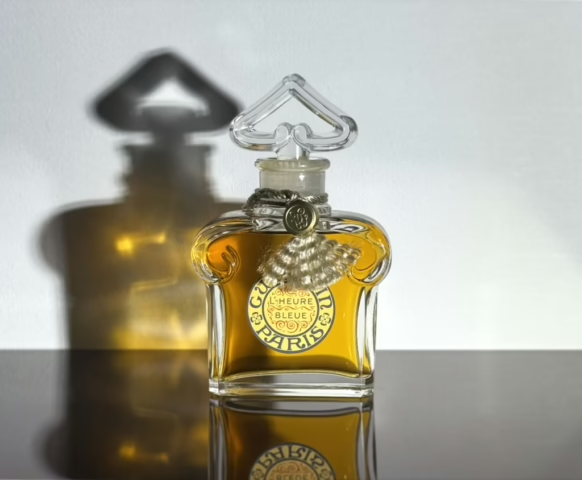
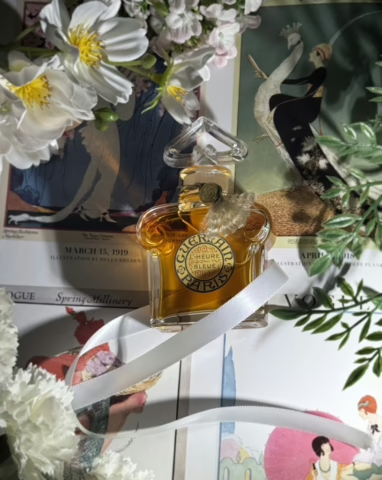
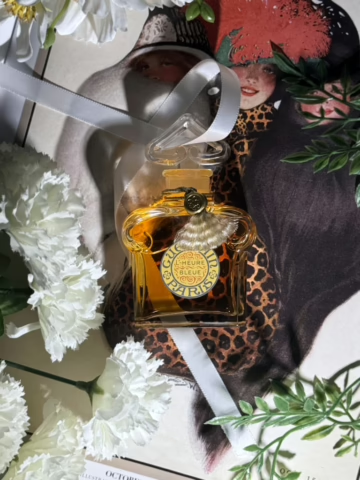
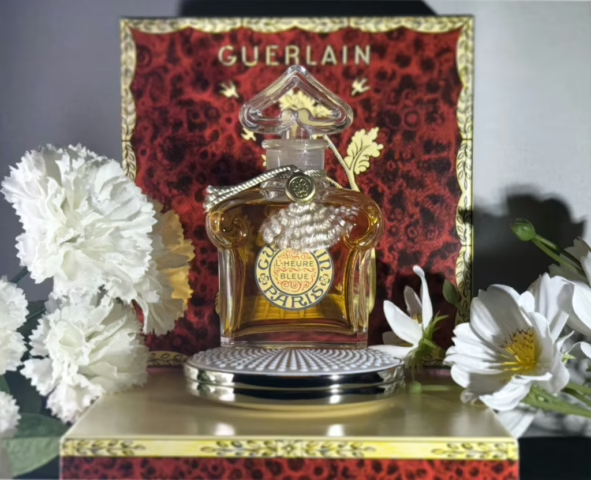
Leave a Reply